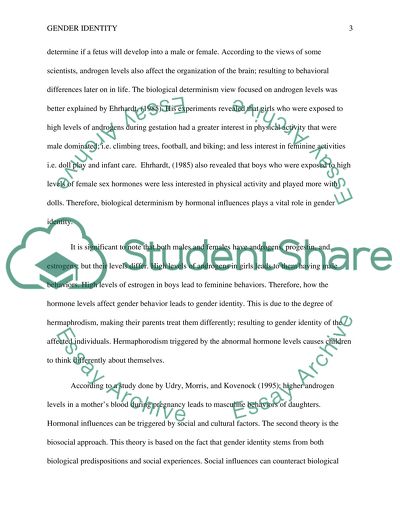Cite this document
(“Gender Identity Essay Example | Topics and Well Written Essays - 1750 words”, n.d.)
Gender Identity Essay Example | Topics and Well Written Essays - 1750 words. Retrieved from https://studentshare.org/psychology/1487813-gender-identity
Gender Identity Essay Example | Topics and Well Written Essays - 1750 words. Retrieved from https://studentshare.org/psychology/1487813-gender-identity
(Gender Identity Essay Example | Topics and Well Written Essays - 1750 Words)
Gender Identity Essay Example | Topics and Well Written Essays - 1750 Words. https://studentshare.org/psychology/1487813-gender-identity.
Gender Identity Essay Example | Topics and Well Written Essays - 1750 Words. https://studentshare.org/psychology/1487813-gender-identity.
“Gender Identity Essay Example | Topics and Well Written Essays - 1750 Words”, n.d. https://studentshare.org/psychology/1487813-gender-identity.


